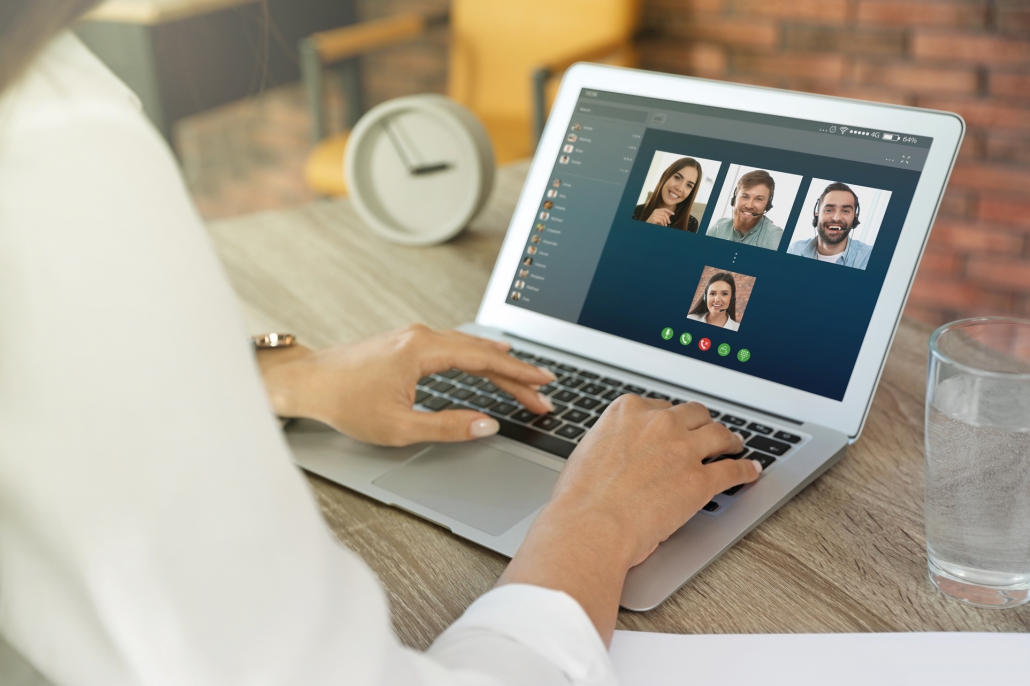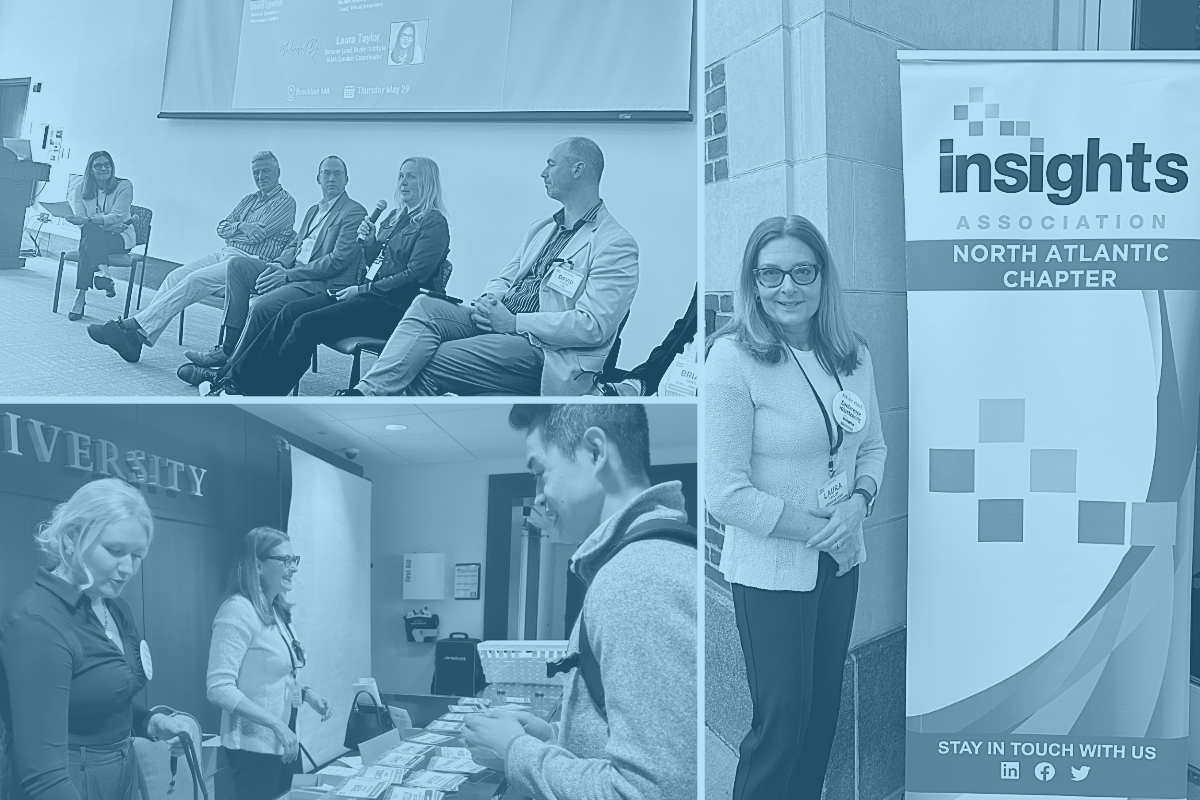
Leveraging Technology to Keep In-Person Research Moving Forward
by Zach Mullen
With the realities of COVID-19 setting in, companies across all industries are balancing the need for insights amidst a world in flux.
How do clients engage consumers in an interpersonal and comfortable setting that accommodates the ‘new normals’ of social distancing, travel restrictions, and limited interactions with society? How can research be agile and adaptable to a market in constant flux?
In the past, being face-to-face with respondents has always been a surefire way to understand deep-rooted emotions and help uncover the ‘why’ behind human behavior. But recently, that’s changed.
Within the past few weeks, my colleagues and I, in Burke’s Qualitative Department, have begun transitioning client research from in-person to online, with surprisingly minimal disruption to client business goals. Methodologies may have shifted, but the need to understand consumers on a deeper level has not. In fact, we are finding that there is even more interest in knowing what is on consumers’ minds right now.
We’re seeing alternatives to live research that are great at replicating (and in some cases, even enhancing) the in-person experience.
In many instances, we’re seeing alternatives to live research that are great at replicating (and in some cases, even enhancing) the in-person experience. From what we’ve heard so far, consumers are appreciative of alternatives that still allow them to engage with their favorite brands… all from the comfort of their own homes.
As you begin to think about adaptable and agile alternatives to in-person research, here are a few options to consider:
DIGITAL ETHNOGRAPHIES
Serving as a replacement for in-home visits, digital ethnographies offer respondents the chance to give home tours, open their pantries, show off the books on their shelves, etc. all via an online platform. You can still understand the direct thoughts/opinions of respondents, but via the digital ethnography tool, can simultaneously pick-up on the secondary clues/insights into the personality of a respondent that comes with a standard in-home visit. In these rapidly changing times, it can give you a peek into what social distancing looks like for our consumers.
ONLINE BULLETIN BOARDS
Versatile and convenient, online bulletin boards can be up and running fast to allow for rich and thoughtful responses to questions that you have right now. Acting as either a private diary or public conversation, respondents are free to converse and build on the thoughts, probes, and experiences of a moderator or their peers. Conversation topics can change frequently and seamlessly as your information needs change. OLBBs also allow respondents to easily upload photos and videos to help illuminate responses.
IN-DEPTH INTERVIEWS VIA TELEPHONE OR WEBCAM
Allowing for the same level of detailed conversation between moderator and respondent, in-depth interviews via telephone or webcam are a go-to for busy or hard-to-reach audiences. Both unlock the same personal connection that an in-person conversation would have, and result in a meaningful one-on-one conversation. As an added bonus, stimuli can still be presented to respondents through a simple screen share – just like in person. And, they have the comfort of their own personal surroundings, which can help to unlock even deeper insights into their behaviors and feelings.
WEB-BASED FOCUS GROUPS
Perhaps the most commonly used alternative to in-person research, web-based focus groups take everything that’s great about a traditional focus group and moves it online. Respondents still react and converse within a group setting, but are able to do so out of the comfort of their own homes. While research is live, teams have the ability to stream the groups in real-time and converse in a digital backroom – opening the door for in-the-moment probing or shift in direction.
As each methodology above is robust in and of itself, many choose just one as a basis for a standalone project. However, each option can further enrich a larger quantitative study as part of a pre- or post-quant illumination.
In a time of much uncertainty, one thing remains constant: our passion is connecting you to your customers. Getting the right data from the right people is the key to research, and with each of these qualitative methodologies, we’re still able to glean high-quality insights when in-person research is not an option. In this “new normal,” it’s our job to ensure that regardless of what changes we face, customers and brands can still engage about the products, ideas, and interests they care about and upon which they rely.

Zach Mullen is a Sr. Project Manager with Burke’s qualitative research department.
To learn more about alternative qualitative methods, please contact Zach Mullen (zach.mullen@burke.com) or Tara Wiley (tara.wiley@burke.com).
As always, you can follow Burke, Inc. on our LinkedIn, Twitter, Facebook and Instagram pages.
Sources: Feature Image – ©New Africa – stock.adobe.com








